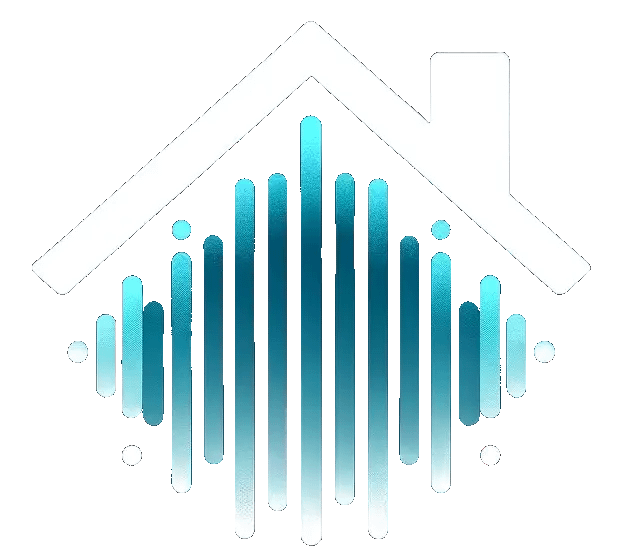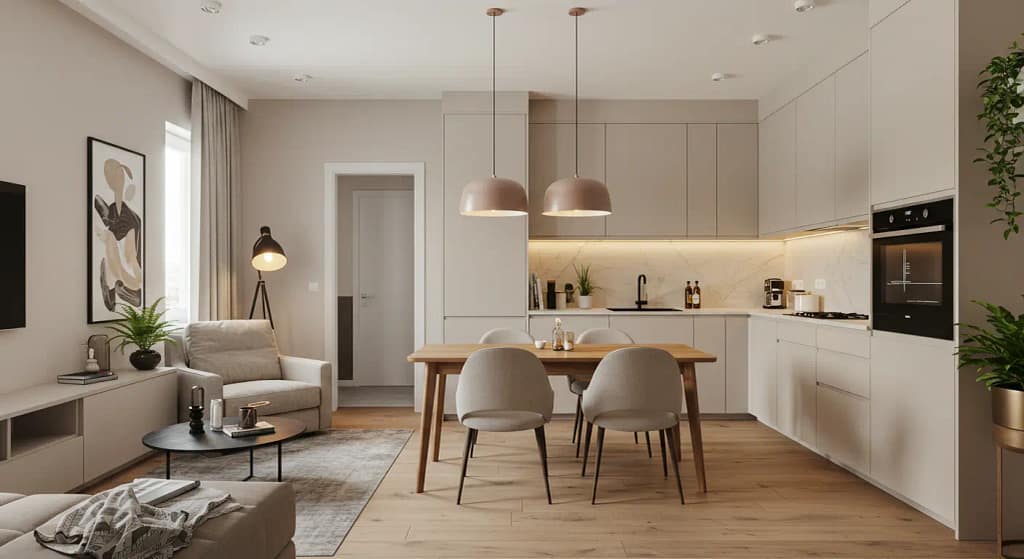Renting your home doesn’t mean you have to miss out on the benefits of smart home technology. From enhancing your security to boosting energy efficiency, modern install-free smart devices make it easy for renters to customize their space—without permanent changes or costly installations. This Smart Home Tech for Renters guide covers everything you need to know to enjoy a smarter, safer, and more comfortable home.
Did you know that a significant number of smart home device owners are renters rather than homeowners? With an increasing range of rental-friendly smart solutions, renters can now easily access home automation and security tech tailored to their unique needs.
Why Smart Home Tech Is Perfect for Renters
Today’s plug-and-play smart devices empower renters to improve their security, comfort, and energy management—all with minimal installation and no permanent modifications.
- Security Concerns: Feel restricted by what you can add or change in your rental?
- Move-In/Move-Out Hassle: Need smart solutions that are simple to install and remove?
- Landlord Restrictions: Looking for no-drill, non-invasive options that won’t risk your deposit?
Top Benefits of Smart Home Tech for Renters
- Portable & Reusable: Easily move devices when you switch homes.
- Easy Installation: Most devices require no tools or drilling.
- Improved Security & Privacy: Control access and monitor your space remotely.
- Energy Savings: Automate lighting and climate to lower utility bills.
- Smart Integration: Compatible with assistants like Alexa and Google Assistant for hands-free control.
Smart Solutions for Every Renter
1. Wireless Security Cameras
Wireless, battery-powered security cameras—such as current models from Arlo, Wyze, or Ring—offer renters real-time video monitoring, night vision, and two-way audio. These devices often provide cloud-based storage (typically requiring a subscription) along with peel-and-stick or magnetic mounts, making them perfect for non-invasive installation.
- Place cameras virtually anywhere without wiring or drilling.
- Access live or recorded footage from your smartphone, tablet, or computer.
Quick Tip: If privacy or avoiding subscription fees is important, consider cameras with local storage options.
Success Story: One renter, Sarah from Brooklyn, shared her experience: “After installing just two battery-powered cams, I caught a package thief on my porch and shared the video straight from my app.” (Results may vary.)
2. Smart Plugs and Lighting
Smart plugs, bulbs, and light strips allow you to control lights and appliances remotely or through voice commands. Brands like TP-Link Kasa, Philips Hue (note that some features may require a hub), and GE Cync offer renter-friendly, plug-and-play options that don’t violate most rental agreements.
- Set timers for your lamps or coffee maker to streamline your daily routine.
- Create custom lighting schedules to enhance your mood or simulate occupancy when you’re away.
Actionable Step: Try a “goodnight” routine—have Alexa or Google Assistant turn off all your lights when you say, “Goodnight.”
“Smart plugs are the unsung heroes for renters—they transform any dumb device into a smart one and let you control your energy costs with ease.” — Kayla Matthews, Smart Home Technology Blogger
3. Keyless Entry and Smart Sensors
Keyless smart locks and window/door sensors can boost security and eliminate the hassle of lost keys. Many are designed to install over parts of your existing hardware and require minimal to no permanent modifications, such as drilling new holes. However, always check your lease and obtain landlord permission before installing any smart locks.
- Prevent lockouts with code-based or app-enabled entry.
- Monitor door and window activity remotely for added peace of mind.
- Popular renter-friendly tools include the August Smart Lock (known for minimal installation requirements) and YoLink sensors, which offer long-range sensor connectivity.
Checklist:
- Verify smart lock compatibility with your landlord and lease.
- Choose models designed for renters that fit over existing deadbolts and avoid drilling.
- Prioritize rental-friendly “no drilling” installation options.
Looking for specific recommendations? The August Wi-Fi Smart Lock (4th Generation) is frequently recommended for renters due to its easy install, robust app control, and voice assistant compatibility.
Smart Tech Solutions for Every Budget
- Entry-Level: Start with a reliable Wi-Fi smart plug (prices typically start around $10–$15), a compact Bluetooth tracker for keys, or an LED smart bulb under $20.
- Mid-Level: Consider a starter kit including smart sensors, a renter-friendly video doorbell (battery-powered or adhesive mounted—ensure installation complies with your lease), and expanded smart lighting. Estimated costs range between $60–$200.
- Premium-Level: Upgrade to a wireless security system, a full suite of smart locks, and integrated voice assistants (expect prices $300+), all while keeping your setup renter-friendly.
Expert Insights: Making Smart Choices as a Renter
The key for renters is to invest in ecosystem-agnostic devices that don’t require permanent installation—this flexibility means you can bring your tech investments to your next home.
FAQs: Smart Home Tech for Renters
Will installing smart devices void my lease?
Many install-free smart devices, like plugs and bulbs, require no screws or damage. However, always review your lease carefully and discuss with your landlord beforehand, especially for devices like smart locks which may require explicit permission.
Can I use Alexa or Google Home in an apartment?
Yes! Voice assistants work well in any sized space—just ensure you have a stable Wi-Fi connection.
How do I move my smart devices when I leave?
Most portable smart devices (cameras, plugs, locks) are designed for easy removal and can be reset for use in your next home.
Are there privacy risks with smart tech?
Yes, risks include data breaches, unauthorized access, or data usage by manufacturers. To mitigate these, choose reputable brands known for strong privacy practices, enable two-factor authentication, keep firmware updated, use unique strong passwords, and prefer devices with local storage or encrypted cloud services whenever possible.



